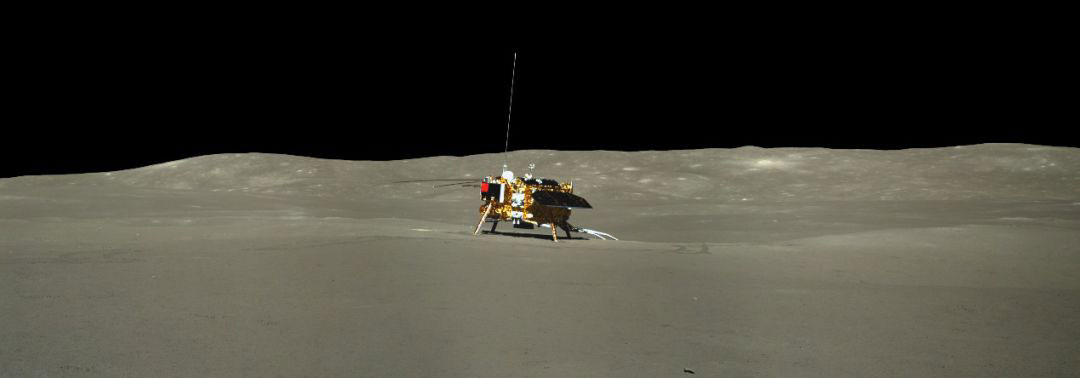
Shortly before entering rest to spend his second lunar night Yutu 2, the rover of the Chinese mission Change 4 to the hidden face of the Moon, reached 120 meters, which puts him ahead of Yutu, the rover of the Change 3 mission, which could only travel 114 meters before being immobilized.
Of course, Yutu was immobilized at the beginning of his second lunar night, so that those responsible for the mission will be waiting with some nervousness the new dawn to see if the changes made in its design have been enough to not suffer the same destiny than its predecessor.
Yutu 2 carries on board a camera installed on a mast that allows it to rotate 360º to obtain images in the visible range; a radar capable of “looking” under the surface of the Moon with a resolution of 30 centimeters for a range of 30 meters and 10 meters for a range of 100; a spectrometer to identify the materials of the surface and traces of gases that can be found; and a neutral atom analyzer that allows you to study the way in which the solar wind interacts with the surface of our satellite.

The lander seen by Yutu 2 – CLEP / CNSA
The overall objective of the mission – the lander carries four other instruments if we do not count the camera that goes in its lower part and that was only used to record the video of the landing – is a study of the age and composition of an area of the Totally unexplored moon: do not forget that Chang’3 4 is the first mission in history to have landed on the hidden side of the Moon.
***
In other news related to the mission, the International Astronomical Union has announced that the landing site will receive the official name of Statio Tianhe, Tianhe Station, as can be read in IAU Names Landing Site of Chinese Chang’e-4 Probe on Far Side of the Moon .

Statio Tianhe and surroundings
Tianhe is an ancient Chinese name for the Milky Way, which in the traditional Chinese tale of the cowherd and the weaver is the Silver River that separates them because they are exiled on both sides of the river because of their forbidden love. But once a year, on the seventh day of the seventh lunar month, a flock of magpies form a bridge that allows them to meet for a day. The name of this bridge is Queqiao , which is precisely the name of the satellite that acts as the communications relay between the lander and the mission controller.
The UAI has also named three craters that surround the landing point: Zhinyu , Hegu and Tianjin . Zhinyu and Hegu are the weaver and the cowboy of the story, who also give their name in Chinese to two of the stars of the summer triangle , Vega and Altair. Tianjin is Deneb, the third star of the triangle.
Finally, the central peak of Crater Von Kármán, in which the mission has landed, has received the name of Mount Tai , which is one of the five great Chinese mountains.
TYSM for the information
Those are cool pics. Where did you get them from?